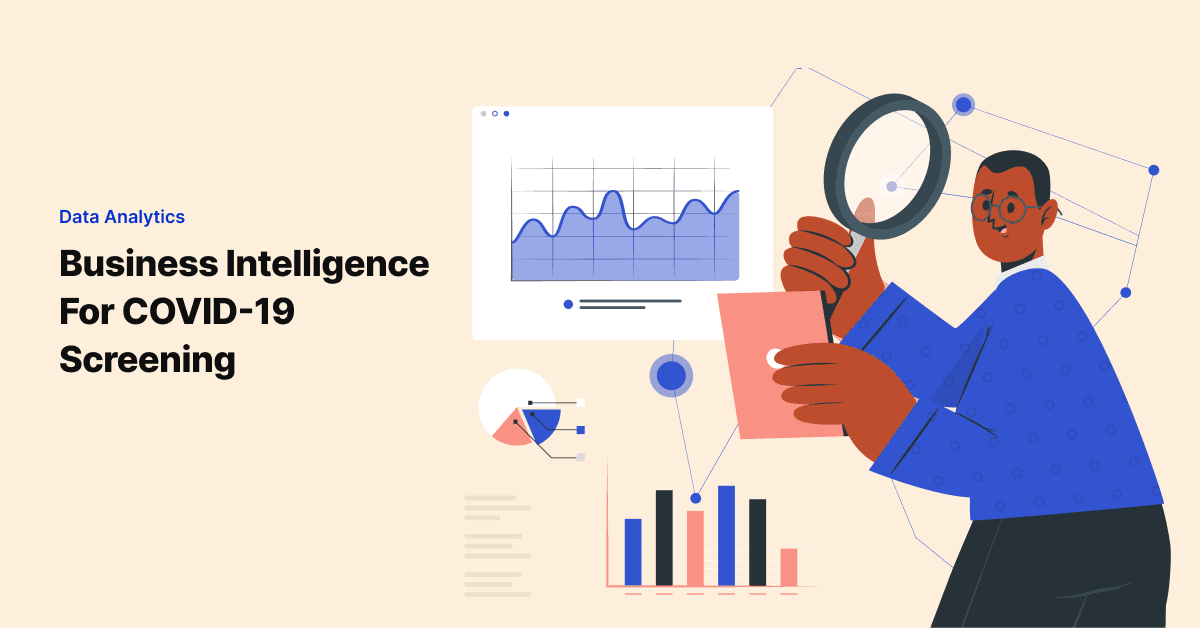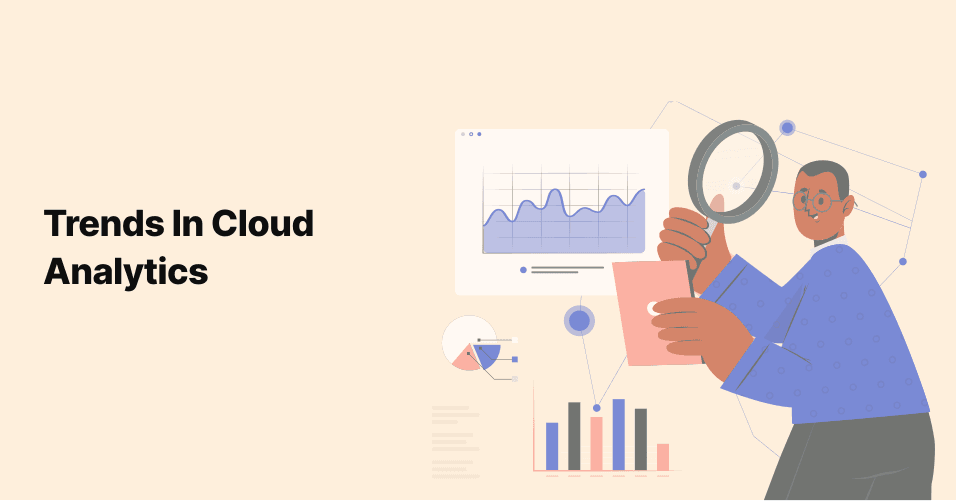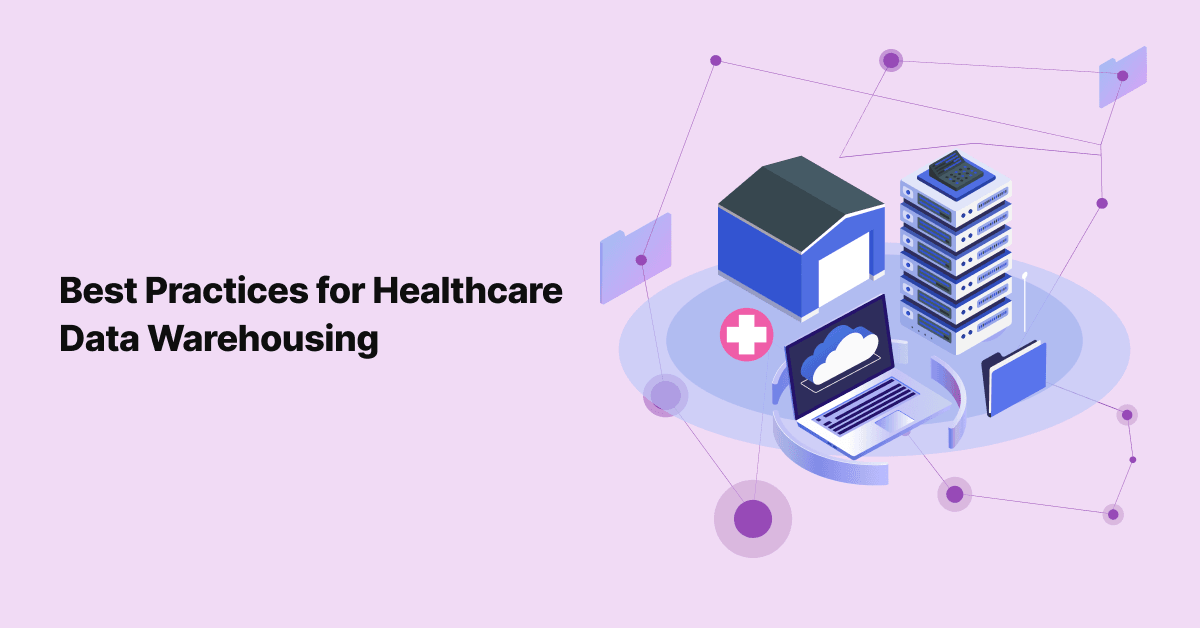
Leveraging Business Intelligence for Covid-19 Screening
There are many opportunities in healthcare IT that have been exponentially embraced as our entire world faces …

While it’s no surprise that it can take a bit before large health systems acclimate to the latest technology trends, it’s encouraging to see how rapidly some hospitals are pursuing cloud adoption to leverage the power of cloud analytics for healthcare. The scalability of architecting infrastructure in the cloud is beneficial enough, but we can’t blame the influence of robust and real-time analytics.
Let’s explore some of the latest trends in healthcare cloud analytics we see with hospitals and health systems across the industry.
Many of us who’ve spent years in healthcare are no strangers to the anticipation of the long-awaited arrival of monthly, quarterly, or even annual reports that shape future decisions and define operations as we know it. For better or worse, executives and stakeholders had to huddle around a boardroom table to gain visibility into performance and progress (or lack thereof). COVID-aside, this is no longer the way that most successful health systems operate.
The leading hospitals we’ve worked with will quickly credit their visibility into activities and trends via dashboards and cloud analytics solutions with their ability to compete and grow. These aren’t the entities waiting around for a quarterly report to plop down on their desks; no, they’re assessing activity and trends on the go and across the board thanks to visualization and BI tools for healthcare that transform data from black and white; to illuminated for action!
Retrospectives have a place in business, especially as opportunities to more thoroughly understand what didn’t work and how to better proceed in the future. But when it comes to analytics for hospitals, last month is already too far in the past to deal with troubling trends. A massive driver in cloud analytics is the ability to interrogate real-time data to inform decisions and interventions.
There is a plethora of information available in Epic. Still, it’s essential to get that data out of the point-of-care solution to maintain performance and unite care data with other points of reference (which we’ll cover in more detail below). Implementing an efficient ETL process and interfaces to bring together the full spectrum of healthcare information into data warehouses goes a long way in painting a more timely picture and a more insightful one.
The last cloud analytics trend in Healthcare IT that we’ll cover today is not just amassing data of a similar class, such as ePHI or clams information, but rather uniting various datasets to form a more holistic view of patterns and utilization. For example, it’s one thing to know which procedures lead the pack in terms of reimbursement. Still, it’s quite another to understand the actual cost of care when considering salary, payor data, ancillary services, daily operational expenses, and more.
The beauty of healthcare analytics via cloud computing is integrating more data to drive better business decisions, control cost, and improve quality of care. Some of the leading edge BI solutions are capitalizing on the accessibility of cloud-based data, freed from EHR silos and available to reference points to move the needle in patient care delivery.
Join over 3,200 subscribers and keep up-to-date with the latest innovations & best practices in Healthcare IT.

There are many opportunities in healthcare IT that have been exponentially embraced as our entire world faces …

From Electronic Medical Records to billing information, healthcare organizations are collecting more data than …

You can’t swing a power cord these days without hitting a hospital executive asking for analytics. Healthcare …